Disney basketball film ‘Rise’ was shot by cinematographer Kabelo Thathe on the URSA Mini Pro 12K. The chosen codec was 8K in Blackmagic RAW. Watch the BTS footage and read why Thathe chose the URSA 12K for this specific Disney project.
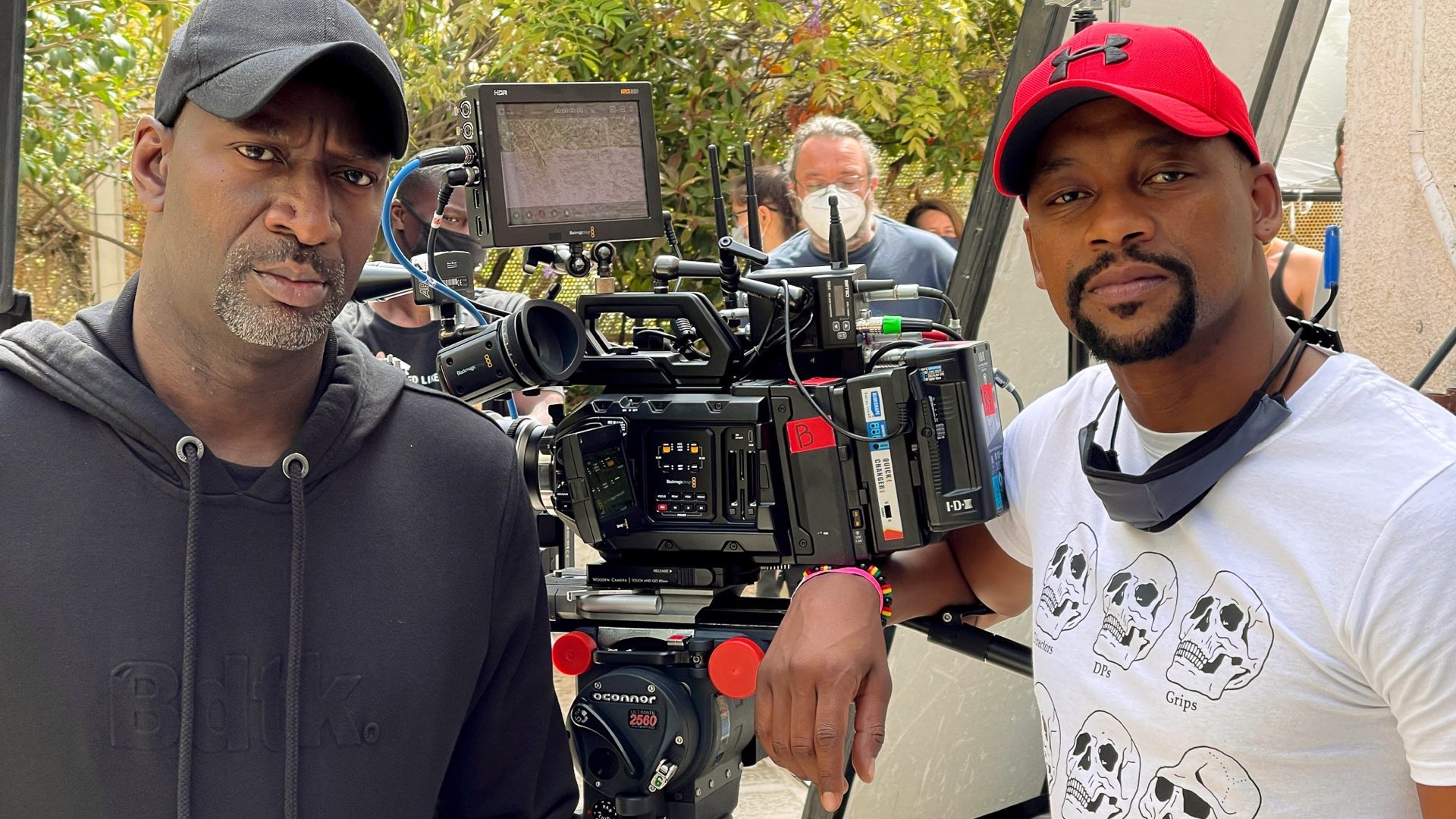
Rise—Original Disney film: Shot on URSA 12K
RISE, which is an all-new Original Disney movie, is about a family who migrates from Nigeria to Greece, struggling with citizenship paperwork while discovering a love of basketball, and slowly becoming world-class athletes. DP Kabelo Thathe chose the Blackmagic URSA Mini Pro 12K due to its simplicity, picture quality, and accurate black skin tones rendition. “I was introduced to the 12K by our producer Doug Jones, who had recently completed another movie using the cameras and had a great experience with them,” said Thathe. “My initial impression of the image was how surprisingly beautiful the color science was. We were quite impressed.”
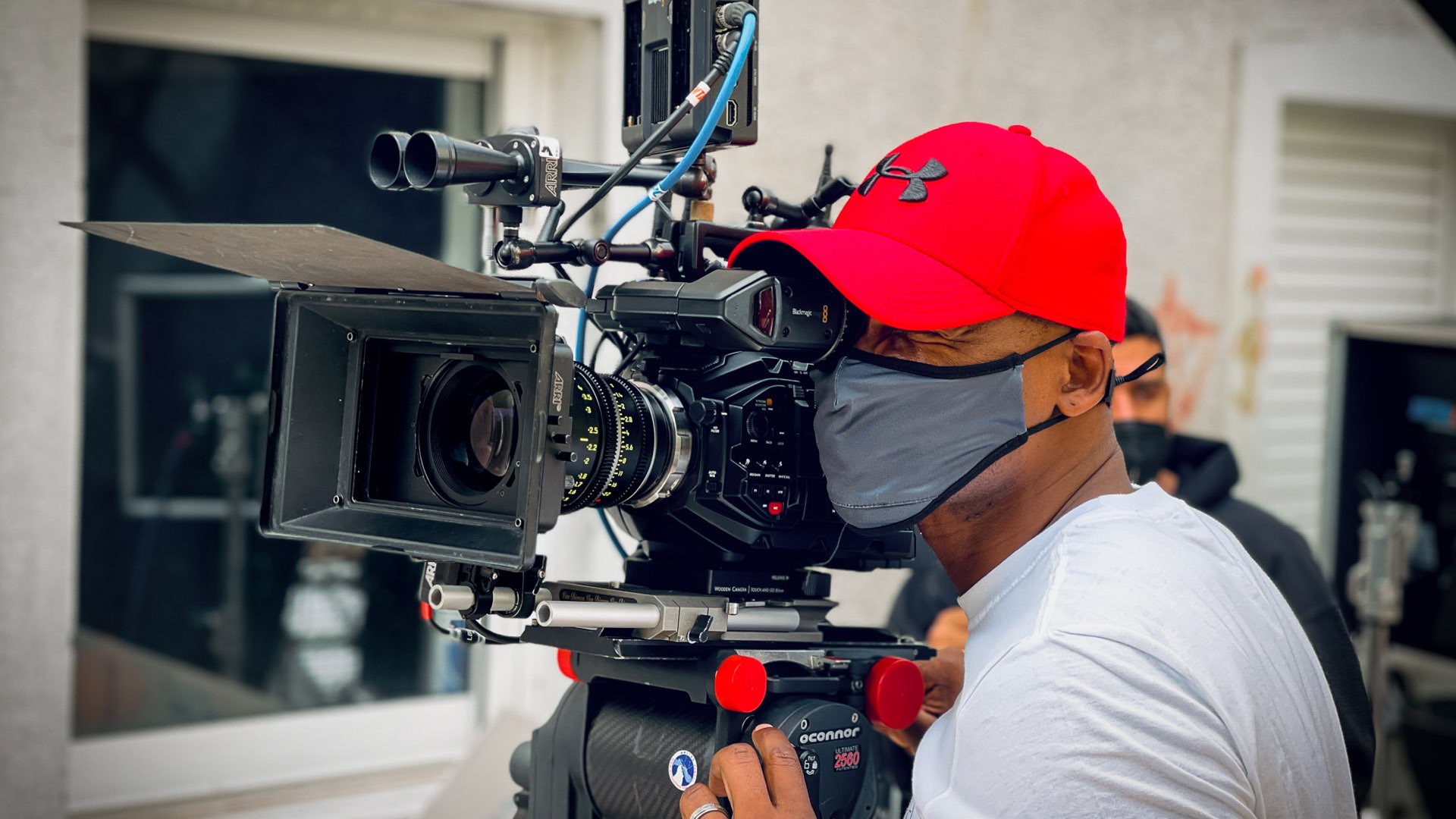
‘Classic cinematography’
According to Thathe, the URSA 12K shines in its classic look. The image just looks gorgeous, and with minimal effort. A big fan of classic cinematography, Thathe likes to avoid overly complex camera work. “I never want to distract from the story,” explained Thathe. “I feel my goal is to have beautifully lit and framed shots that let the actors do their thing.”
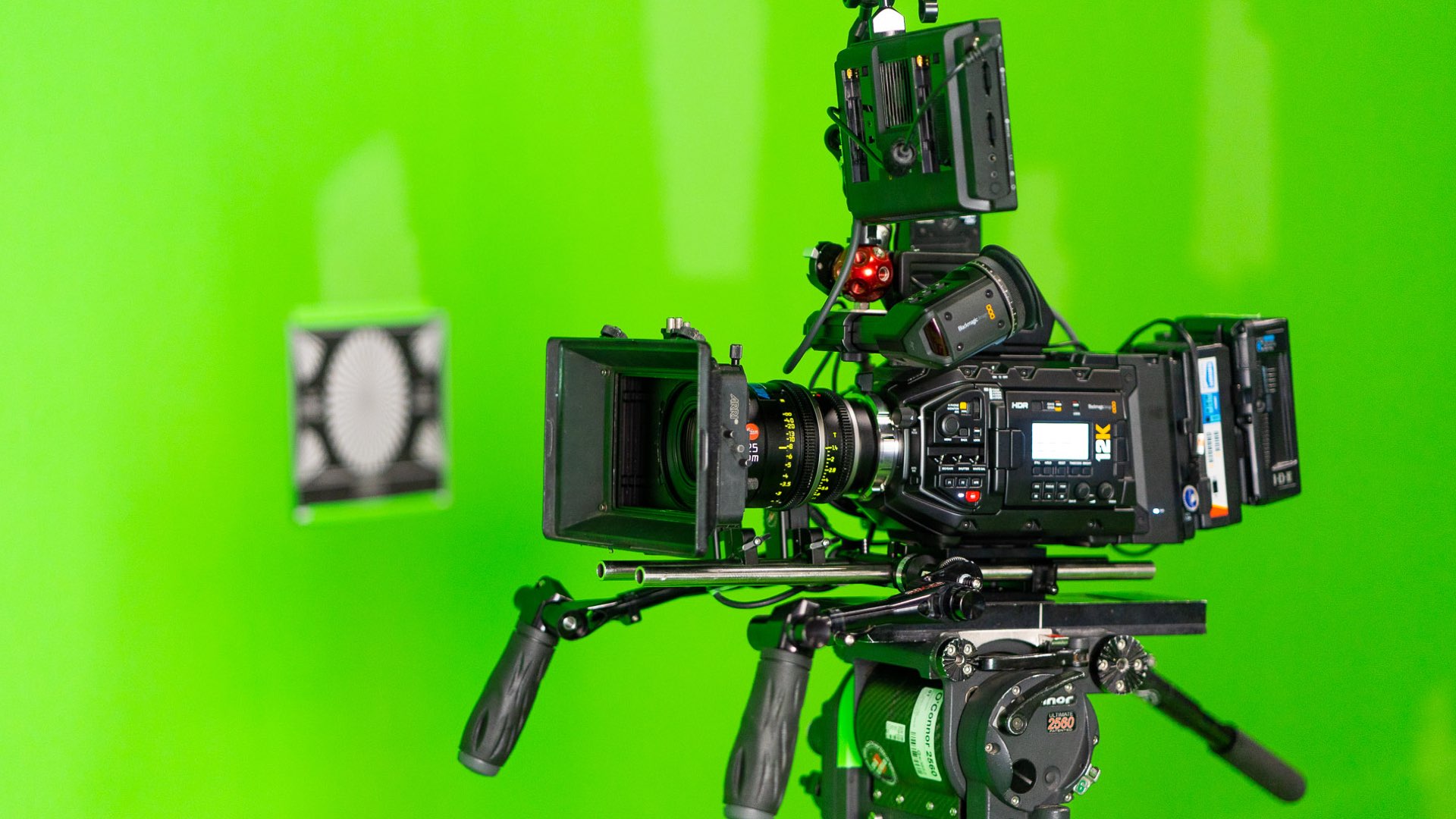
Five URSA 12K shooting 8K BRAW
The production was opted for five URSA Mini Pro 12K bodies on set, shooting at 8K in Blackmagic RAW, recording to Blackmagic URSA Mini Recorders. For Thathe, a key element to color science was the sensor’s ability to react well to wide latitude. “The dynamic range of the 12K was so balanced between shadows, mid-tones, and highlights,” said Thathe. “They merged together beautifully. That worked well for us because we were o en outside in the direct sun, so to get that nice balance between the shadows and the highlights was pretty amazing.”

Black skin tones as a challenge
Equally important was how the URSA 12K sensor reacted to varying skin tones. “Akin and I always spoke about the importance of shooting dark skin. We wanted to show it the respect it deserves and not overdo it, allowing black skin to come out as black rather than a magazine airbrushed look. We did a bunch of tests with the camera early on and the way it handled skin tone was beautiful,” Thathe continued.
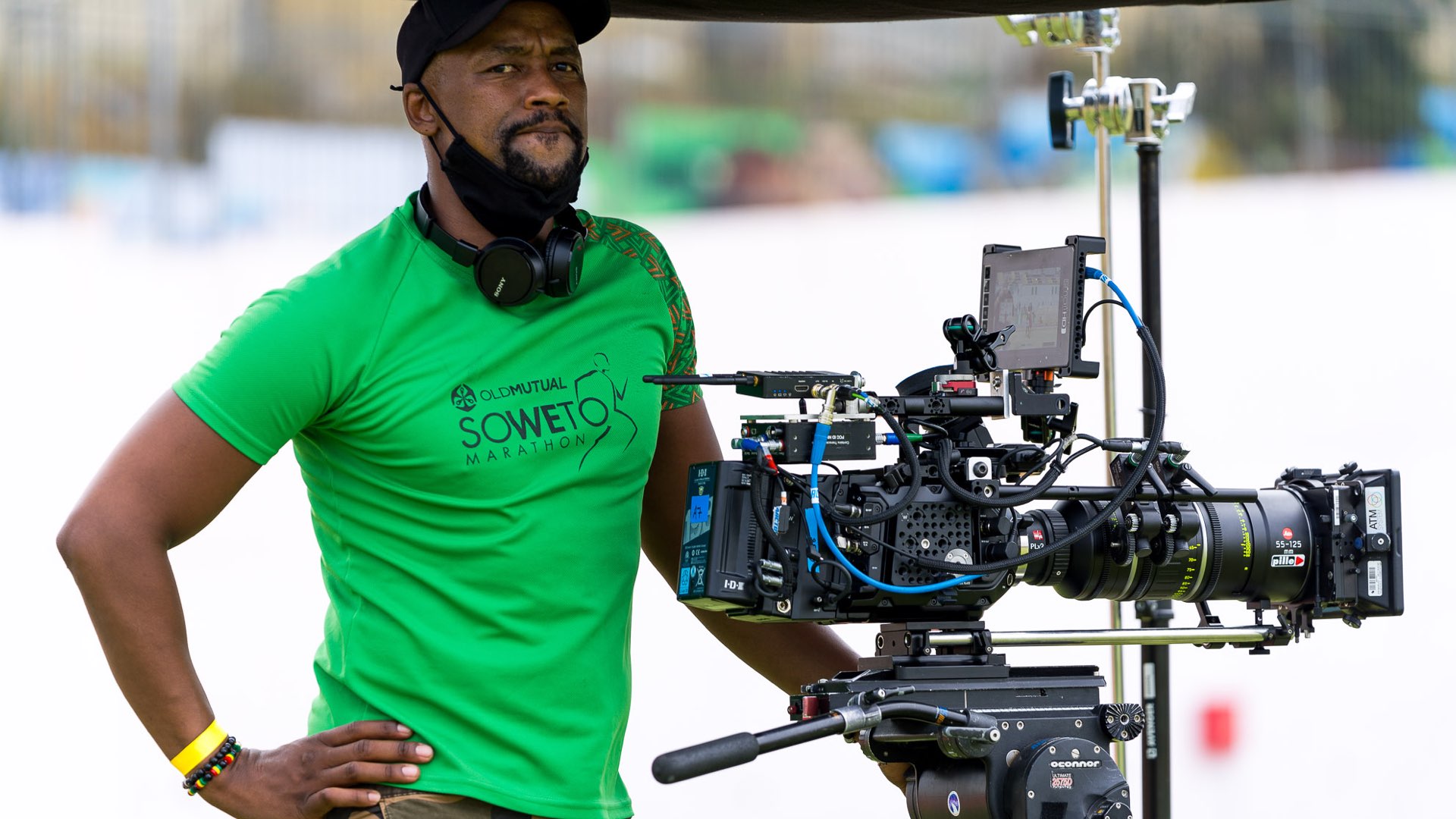
Color grading on-the-go by mobile post production cart
On set, Thathe utilized a Digital Asset Management (DAM) cart. Acting like a mobile post-production facility, the DAM cart was designed to remove the need for a lab, creating dailies on set and delivering them directly to editorial. The system allowed Thathe to see graded imagery through DaVinci Resolve Studio directly from the camera while shooting. “It was great to be able to run to the cart and see where we could go with the image right there. It was like we were grading on set as we’re shooting, which was amazing. It helped us know where we’re going and be consistent in the look that we’re going for,” he explained.
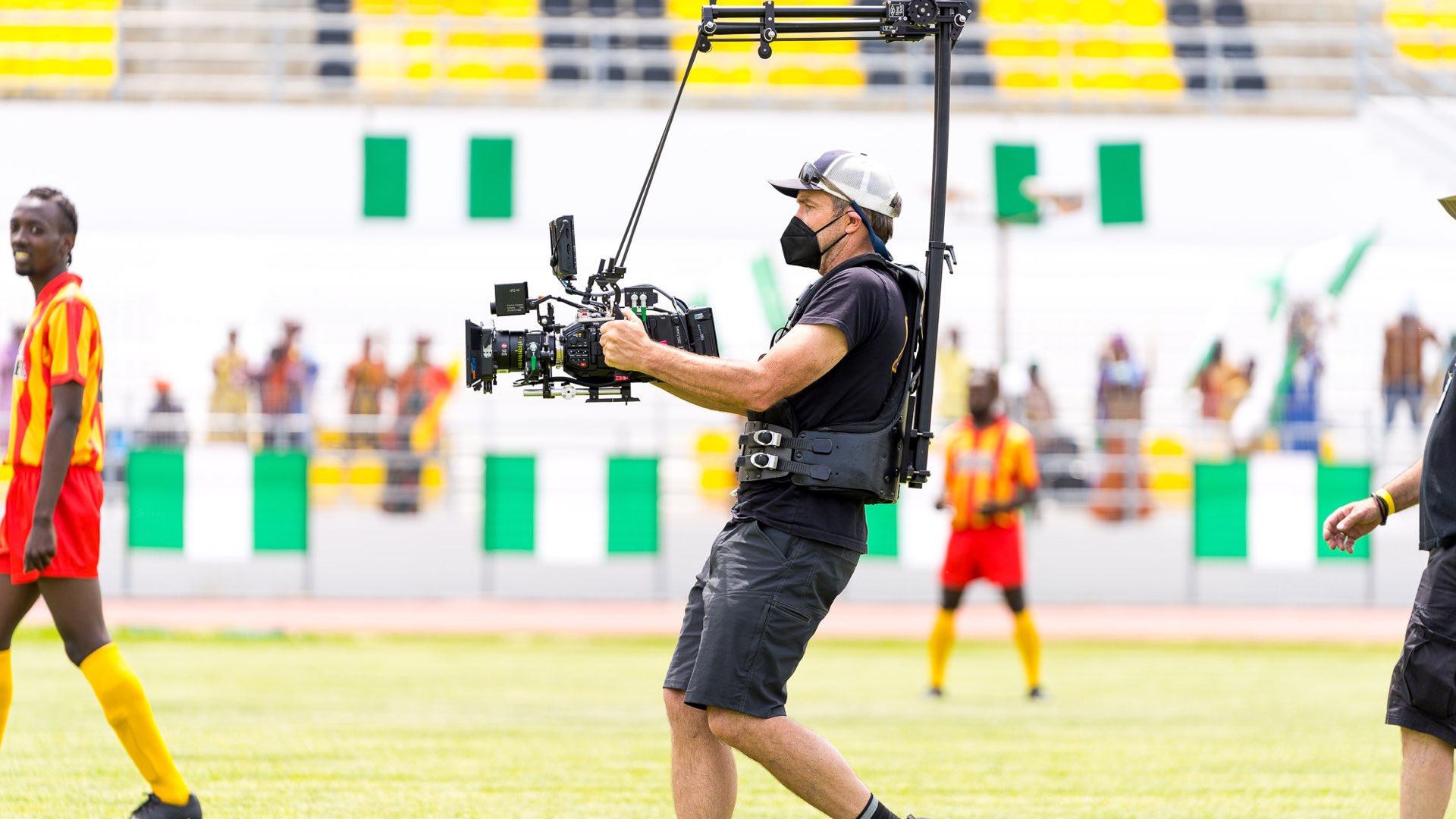
Working remotely on Resolve
For post, grading was completed in DaVinci Resolve Studio, with Thathe in South Africa working remotely with a Los Angeles-based colorist. “The grading process was amazing. I just love the amount of latitude we had from the camera and Blackmagic RAW, and how we could push the image to where we wanted it to be. We didn’t really have to do too much to the skin tones again, because the camera just read them so well.
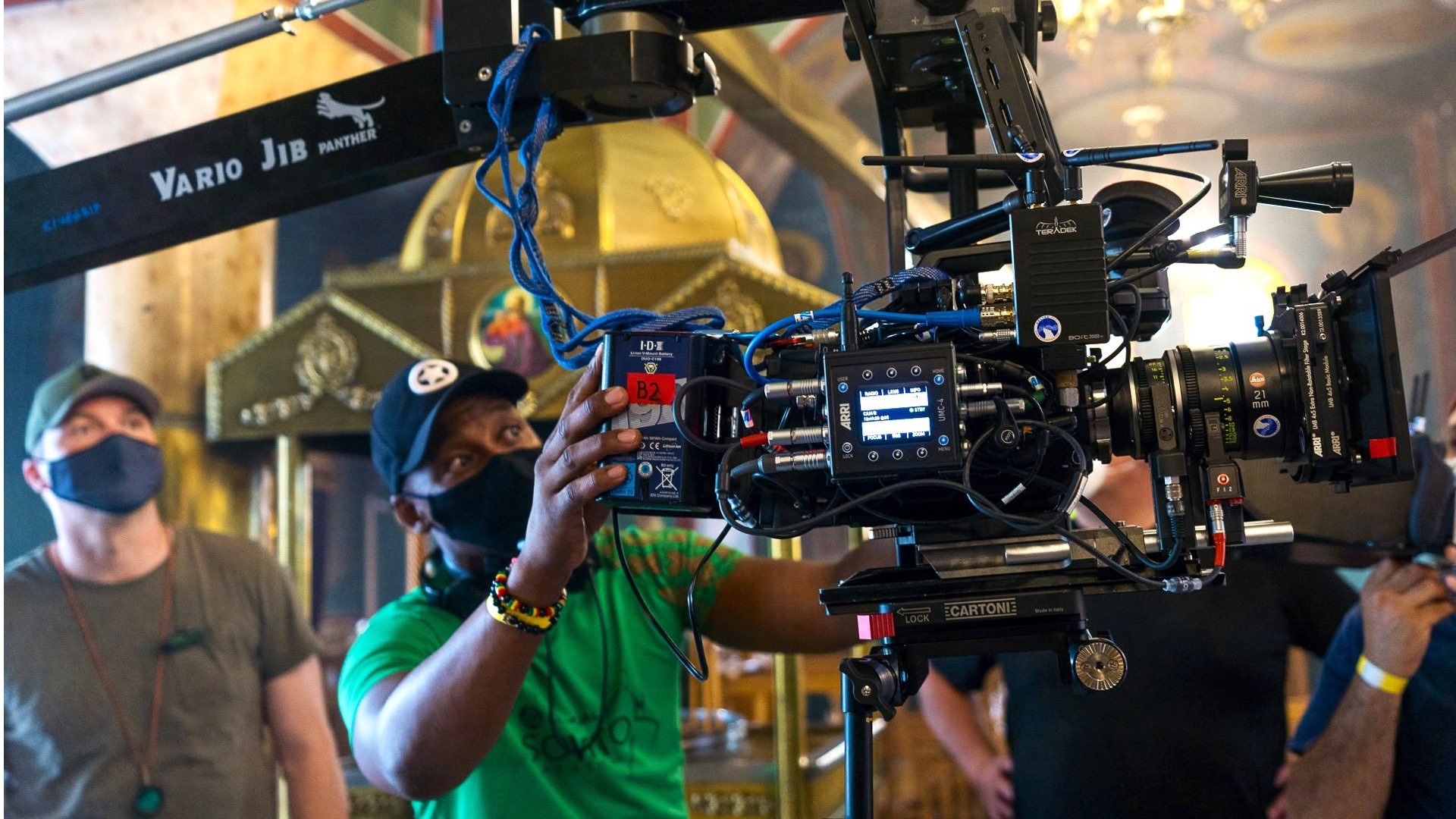
Final thoughts
It’s always nice exploring high-end projects that were shot on the URSA. I really admire this camera and don’t understand why it’s underrated (or less used) by acclaimed cinematographers. The URSA 12K hasn’t been approved by Netflix due to ‘some issues, however, look at the picture. The URSA is the closest camera in terms of its imagery texture to the ALEXA. It’s an ALEXA look per se. Watching high-end projects of any kind that were shot on URSA Pro, reveals its potential because of the accurate skin tones, dynamic range, and cinematic feel. If it’s good enough for Disney, it’s definitely good enough for Netflix. Watch the ‘Rise’ trailer below:
Product List
Here’re the products mentioned in the article, and the links to purchase them from authorized dealers.
- Blackmagic Design URSA Mini Pro 12K Camera
- Blackmagic Design DaVinci Resolve 17 Studio with Speed Editor (Activation Card)

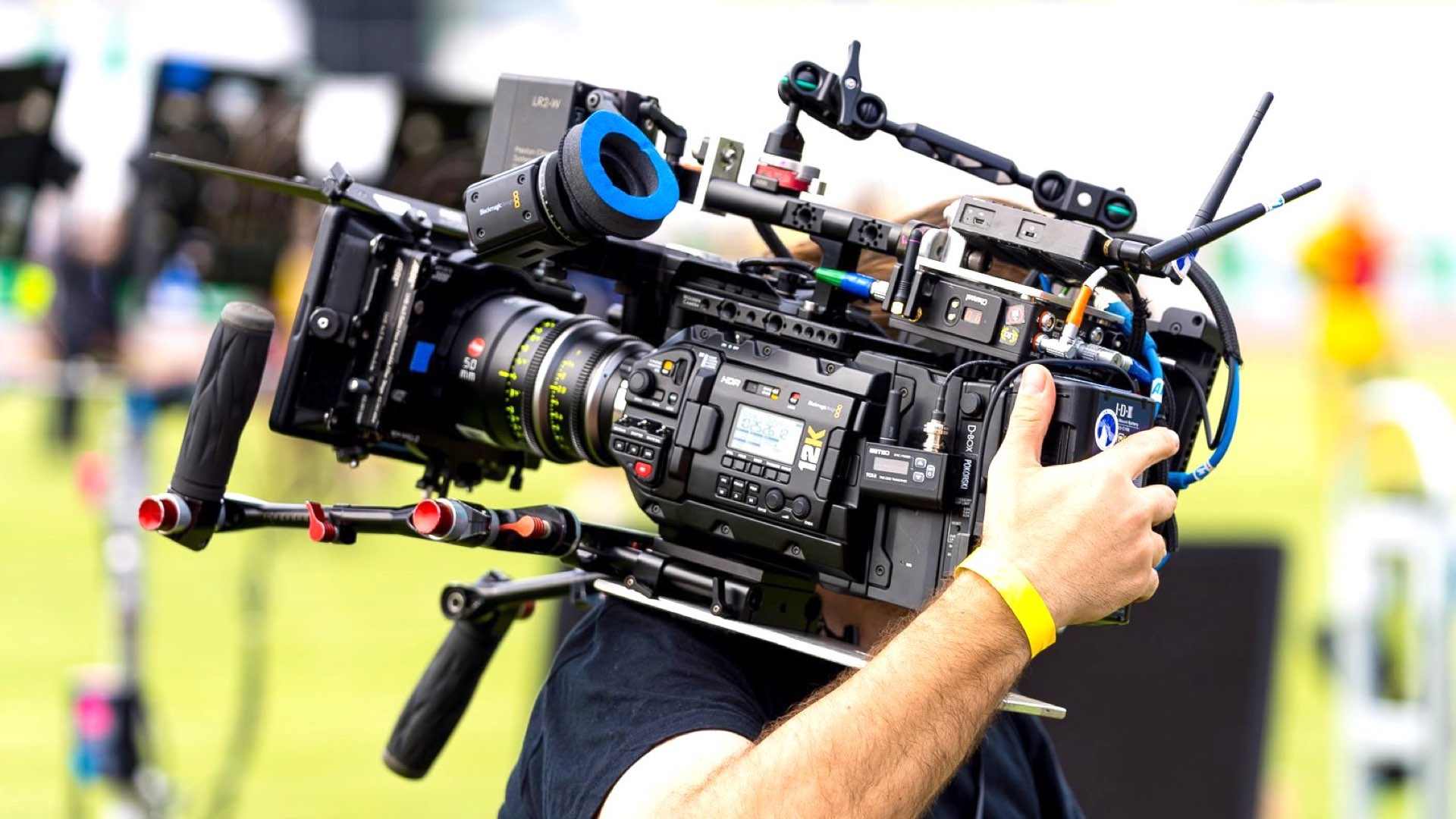
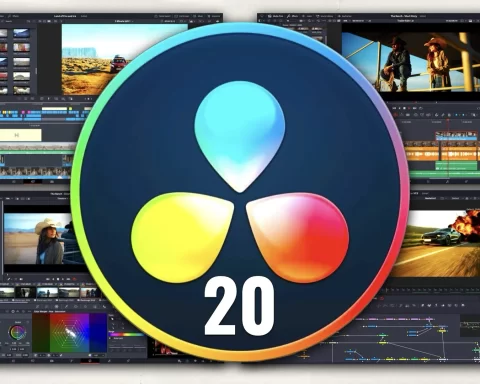

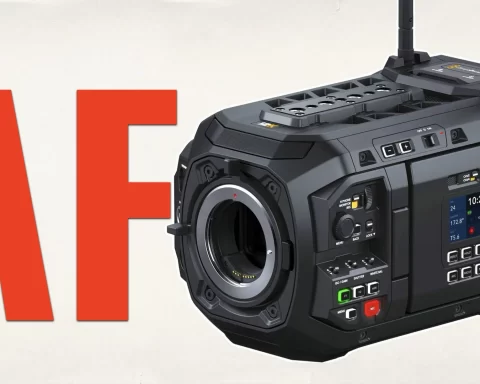


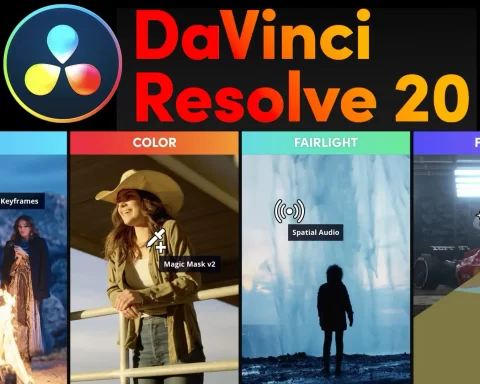
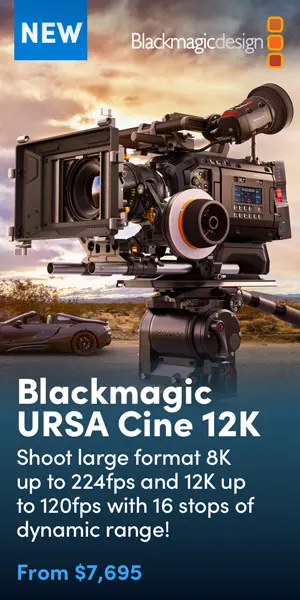


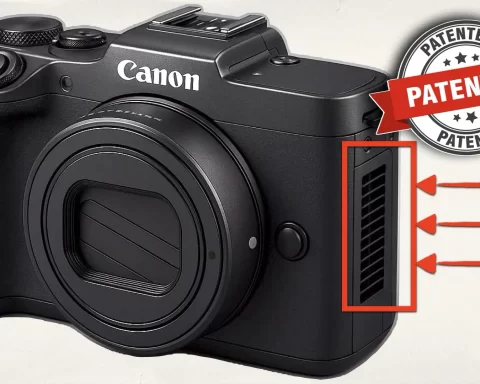
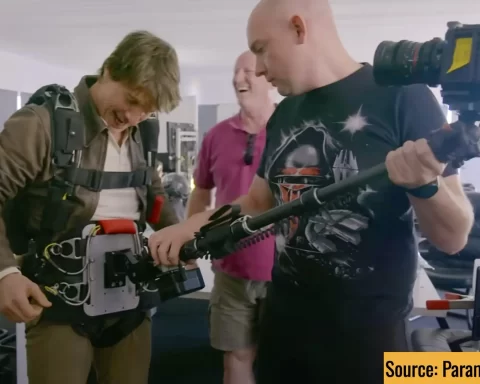


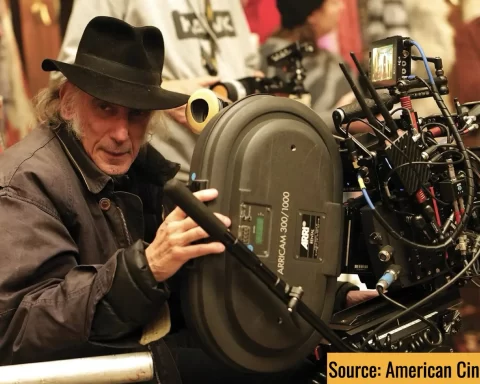

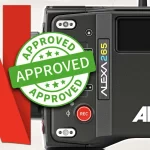
Great News for Blackmagic 12k Owners and a great plug for Blackmagic cameras!
Hi have a URSA 12K that I used to work beside a Red Camera and I felt that the work flow is a lot easier with Blackmagic more so then the Red. I was thinking about buying a Red but decided not to because of this article. I also have been shooting black skin so this camera holds up really good for what I need.
Thank you
Jesse Jackson
Cinematographer
Agreed, not enough respect has been given to this camera. I could care less that it’s a 12K camera or even 8k honestly but the image produced for this movie is easily mistaken for ARRI at a fraction of the price. I regularly tell people who are on the fence about buying one that it’s actually a very easy decision to make if looked at this way… are you buying a camera to be considered for hire as a cam op by others in the industry? If so you might be limiting yourself as it’s not a camera commonly requested, although on an occasion sure. Or, are are you needing an affordable capable camera to produce your own features, and maybe already have a customer base with a revenue stream caring less about what you shoot on. The URSA might not gain you the same approval other cameras will, but isn’t the end result and final picture all that matters? Coming from someone that’s 95% all Sony.